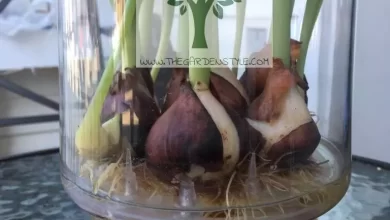Pests and Diseases of the Peach Tree: [Detection, Causes and Solutions]
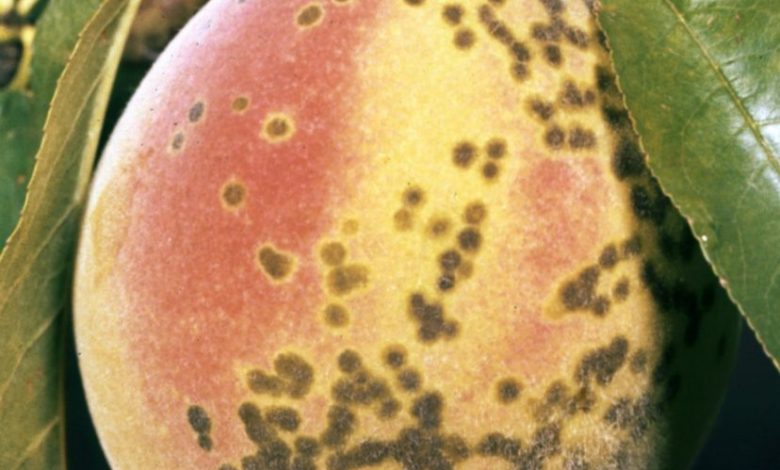
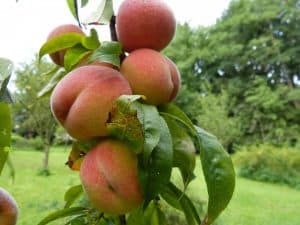 Having fruit trees at home is one of the best decisions we can make in life and even more so if it is about a fruit as sublime as the peach.
Having fruit trees at home is one of the best decisions we can make in life and even more so if it is about a fruit as sublime as the peach.
The problem is that as much as we like its sweet and juicy pulp, it is also attractive to many types of pests and diseases.
The correct practice of cultivation methods, added to an appropriate control planning, will help to have high quality crops at all times.But, to achieve that goal, it is necessary to know what we are facing and that is exactly what we will talk about today.
fruit fly
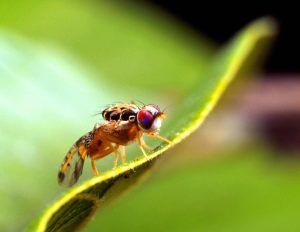 It is one of the pests that usually affects fruit trees with characteristics similar to peaches: sweet center and smooth skin.
It is one of the pests that usually affects fruit trees with characteristics similar to peaches: sweet center and smooth skin.
Its action is evident from the days when the heat begins , more or less at the end of spring.
However, the biggest attack spike is generated during the summer, when it could decisively undermine a tree and wipe out all the fruit.
The preference for this type of fruit is due to the taste for the sugar they contain, but also because it is an ideal ecosystem for their eggs.For this reason, they usually open a hole in the pulp where they lay the eggs and as a result of which the larvae hatch.
These holes can rot later.Because it has been a frequent topic of study among farmers, traps have been developed to help control attacks .It is enough to choose the one that is necessary according to the particular conditions and wait for the problem to be controlled.
Dent
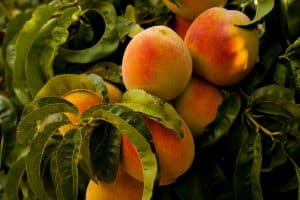 The dent is a disease that arises due to the attack of a fungus and produces, as its name indicates, a dent in the leaves of the tree.
The dent is a disease that arises due to the attack of a fungus and produces, as its name indicates, a dent in the leaves of the tree.
These dents harm the visual appearance of the leaves because they look deformed and sick.
They are also usually filled with a kind of white powder that corresponds to the mycelium of the fungus, a clear sign that something is wrong.Generally the color varies between green and white, but it is also possible to find some red or pink.
Of course, it is not only that it affects them on the tree but that they cause them to fall prematurely and that the shoots and fruits are altered.To prevent the appearance of the disease, especially on land where it has already been generated previously, the use of ecological fungicides is recommended.
These should contain a high level of copper or sulfur and are usually placed in the transition period between winter and spring.
aphids
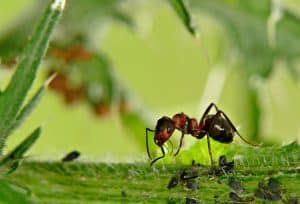 The peach tree can be attacked by various types of aphids, although the effects they exert are more or less similar.
The peach tree can be attacked by various types of aphids, although the effects they exert are more or less similar.
The reason is that in the structure of the body they have a kind of stinger that sticks in the leaves causing a sting.
As a result of this action, the leaves tend to lose vitality and curl up on themselves, reducing the strength of the rest of the tree.
This condition is what aphids take advantage of to hide, as they do so on the underside of the leaves where they are almost imperceptible. It is necessary to point out that this weakening will be capable of causing the fruits to fall at the wrong time or not to develop properly.
The damage from aphids does not end there and can be increased because they secrete a substance known as honeydew.This molasses is a center of attraction for other pests such as ants, as well as serving as an entrance for fungi and viruses.
Recommended treatments for aphids include the use of nettle slurry, garlic extract and washing the plant with potassium soap.
powdery mildew
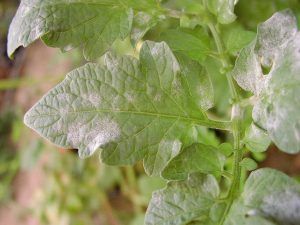 Powdery mildew is transmitted by a series of fungi that directly affect both the leaves and the fruits of the peach tree.
Powdery mildew is transmitted by a series of fungi that directly affect both the leaves and the fruits of the peach tree.
When the attack occurs, a series of white spots appear on them that subtract vitality and energy from the entire structure.
If it is very advanced, the leaves and fruit will not only look bad but it is also very possible that they will fall prematurely.
The causes of its appearance are related to high temperatures , so it is during the summer that more attention should be paid.One way to help prevent damage is to keep the plant well fertilized and make sure the land where it is planted has good drainage.
As a preventive measure, ecological fungicides can also be applied to prevent the fungus from having the opportunity to make its way to the plant.
shoot miner
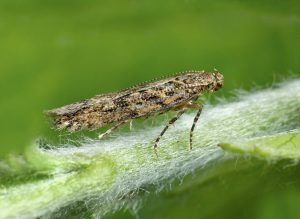 Although it is usually known by the name of shoot miner, it also has the ability to attack fruits.And, above all, those like the peach that have pits.
Although it is usually known by the name of shoot miner, it also has the ability to attack fruits.And, above all, those like the peach that have pits.
The main and most harmful action is generated by the caterpillar, which reaches an approximate length of 16 millimeters. It is red, but its head is darker.
The caterpillar causes the production of a substance that is rubbery in appearance and that it leaves as it passes through the fruits.This substance is the product of the foci where the insect lives, an area that also darkens until it turns black.
The most worrying thing is that the leafminer caterpillar can survive the winter, since it takes advantage of the structure of the wood to hibernate.Afterwards, the caterpillar begins its work very early in the spring, quickly penetrating the shoot.
As soon as the first fruits appear, it attacks from the peduncle.To deal with the miner, it is necessary to make a mixture of a known compound with abamectin together with mineral oil.
It is very important to check the condition of the caterpillar in detail because they are quite difficult to reach, as they remain protected within the folds.A healthy and nourished peach tree will result in an excellent harvest, not only in quantity of fruit but also in their quality.

![Photo of Weevil: [Characteristics, Detection, Effects and Treatment]](https://www.complete-gardening.com/wp-content/uploads/2022/08/weevil-characteristics-detection-effects-and-treatment-390x220.jpg)
![Photo of Homemade Fungicide: [How to Prepare Them and 5 Examples]](https://www.complete-gardening.com/wp-content/uploads/2022/08/homemade-fungicide-how-to-prepare-them-and-5-examples-390x220.jpg)
